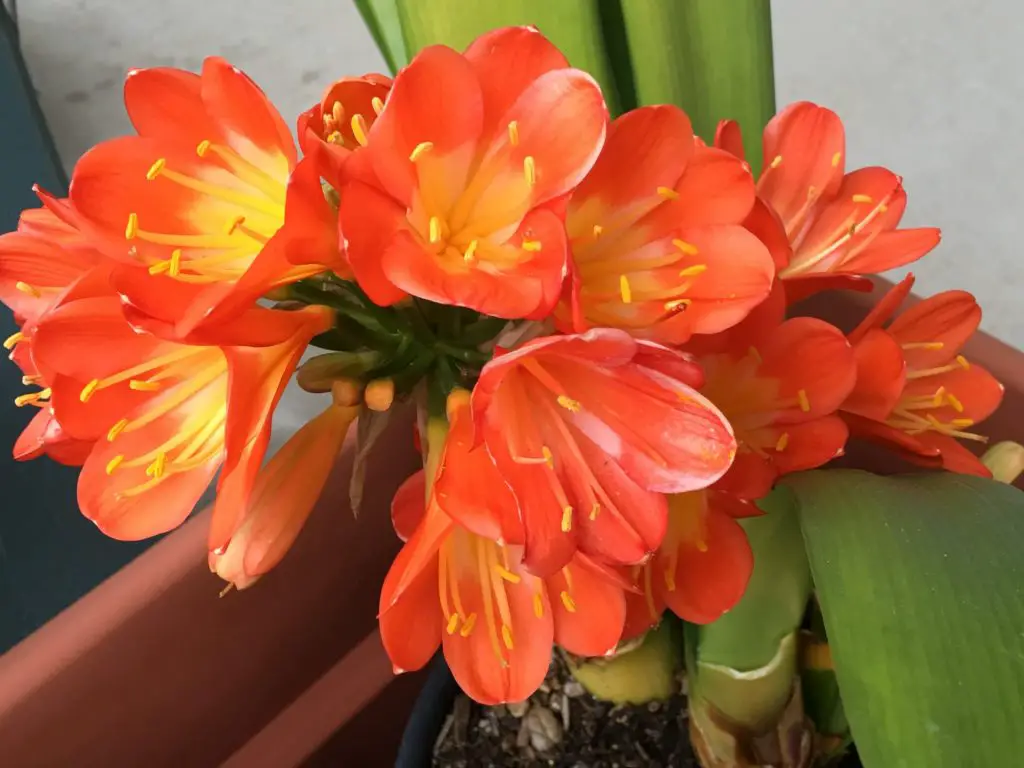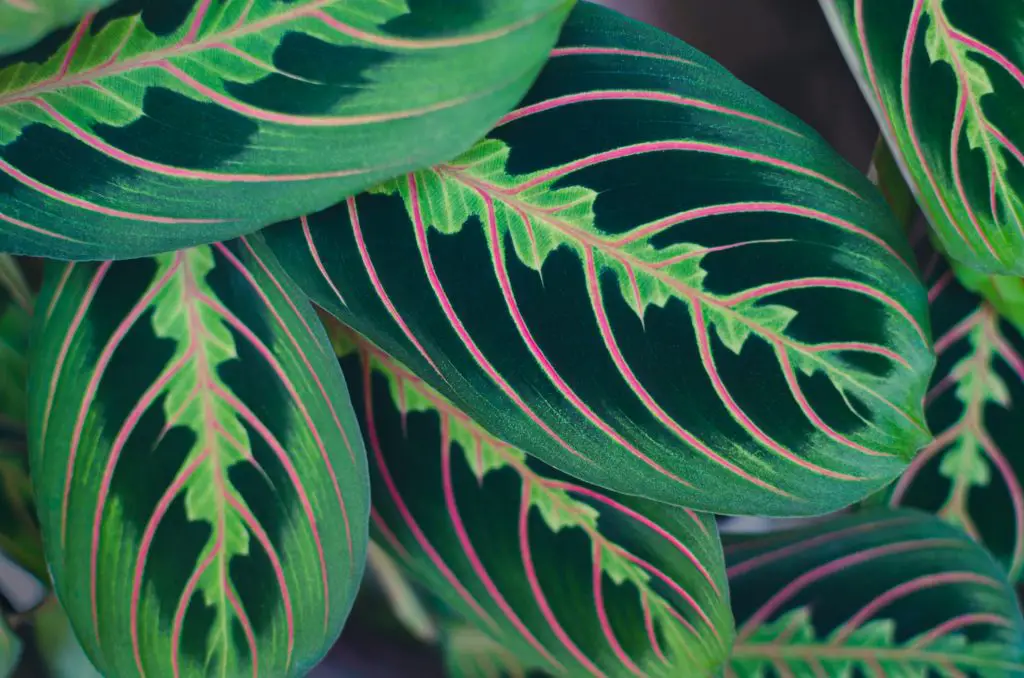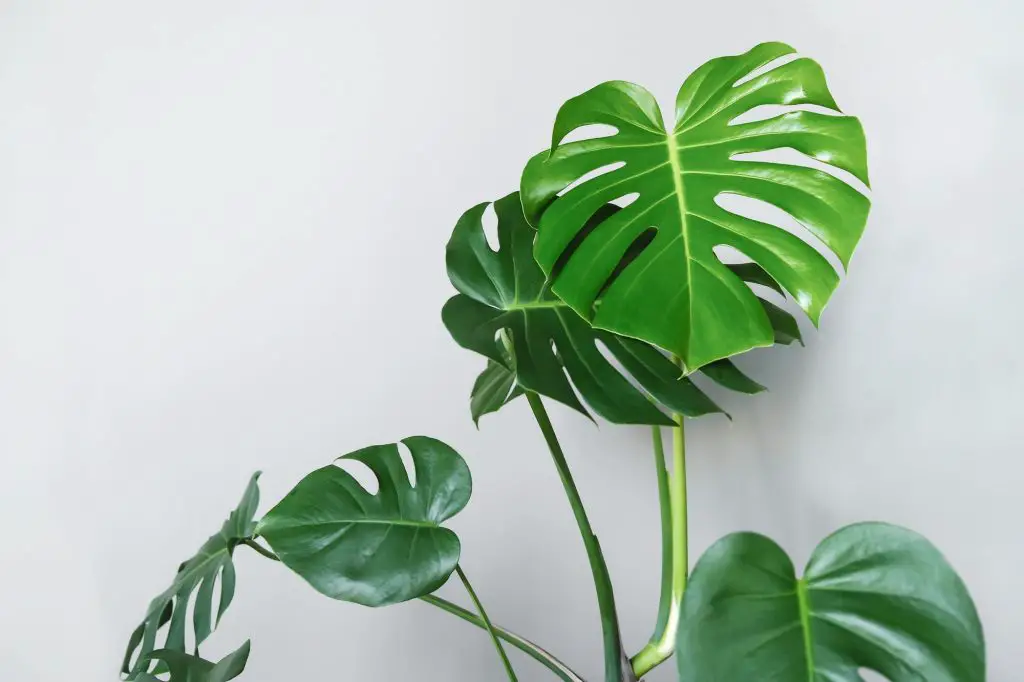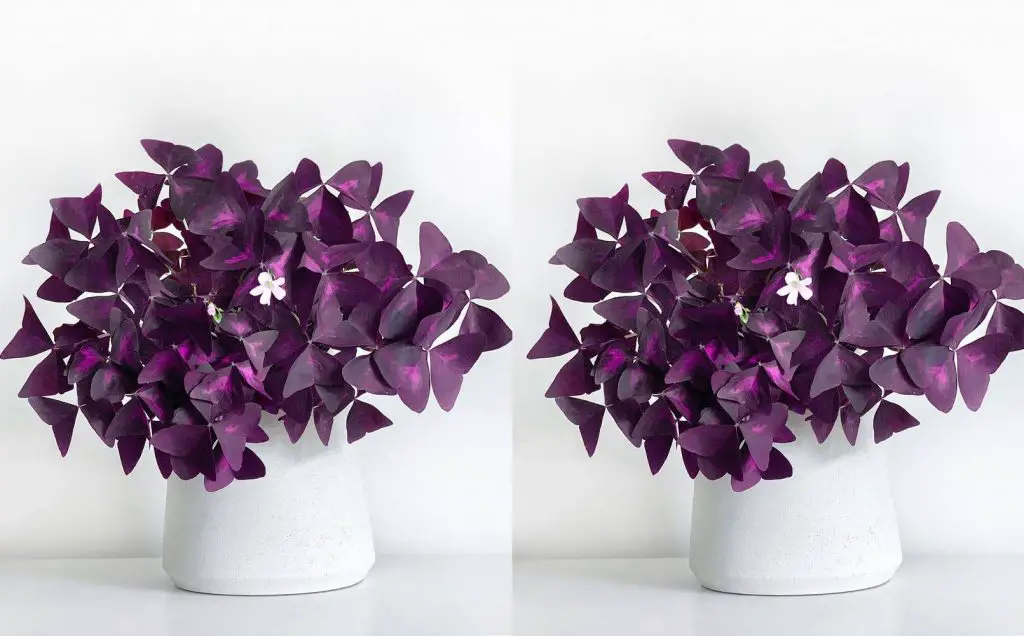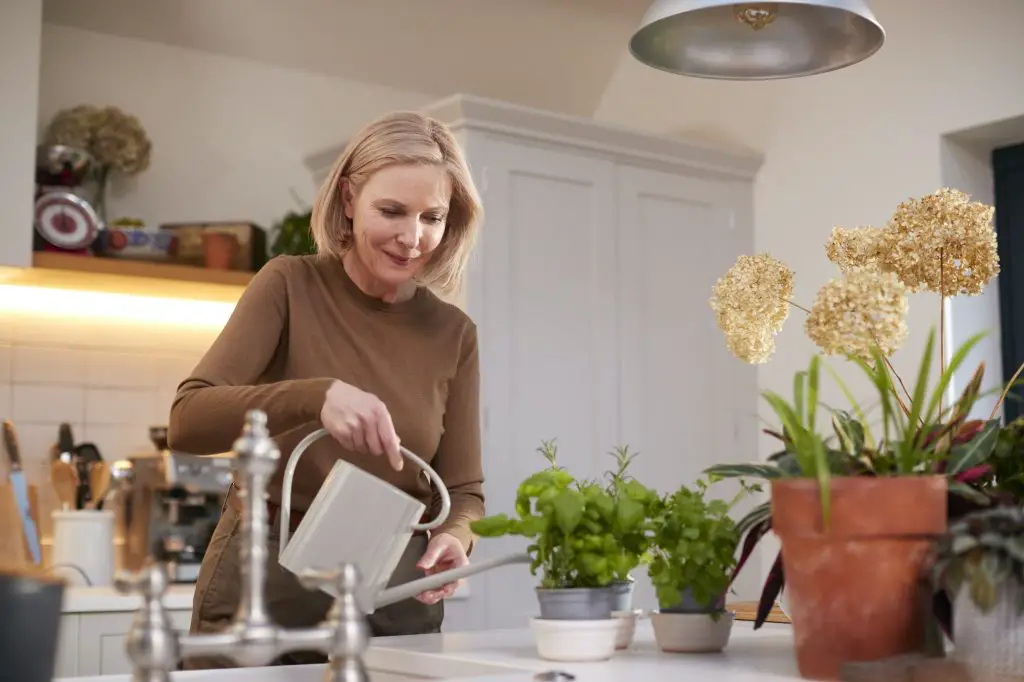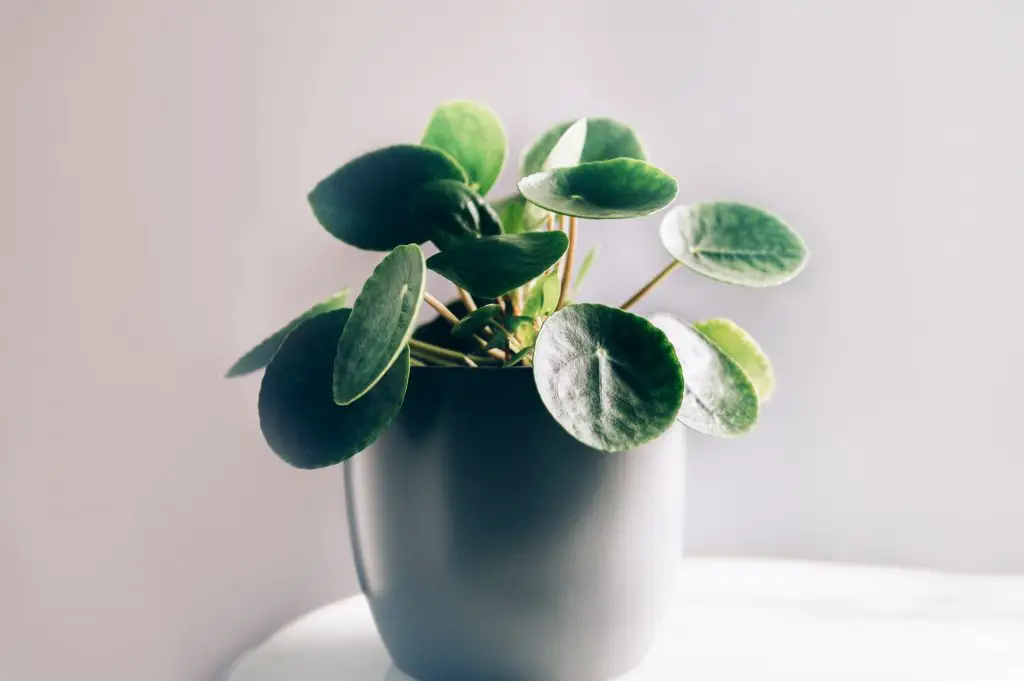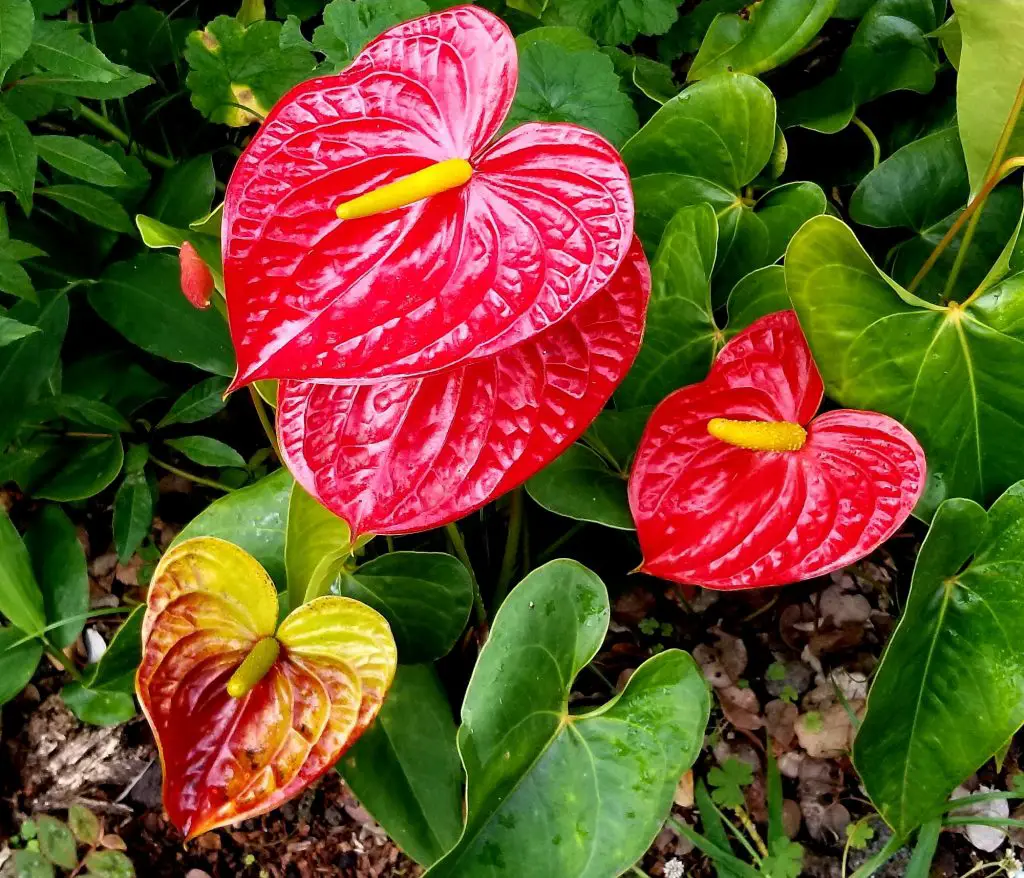Perennial plants are one of the best plants you could grow. it is bliss to know that you do not have to cultivate a particular plant every year or every season.
You can be assured that they will stay with you for a long time. Sometimes, some perennial plants are passed down from one generation to another. Although they tend to live for a very long time, they also need to be cared for and given the right treatment.
A perennial plant can suffer damages and die if the right condition isn’t provided for it to grow in. here, we will be discussing one of our favorite perennial houseplants; The Clivia Plant.
Read this: 20 Most Colorful Indoor Plants To Get Today
Table of Contents
Clivia Plant Background
| Common name | Clivia, bush lily, kefir lily |
| Botanical name | Clivia Miniata |
| Family | Amaryllidaceae |
| Light | Low light |
| Temperature | 60 degrees F to 75 degrees F |
| Soil type | Well-drained soil |
| Soil Ph | 6.1 to 7.8 |
| Origin | South Africa |
| Toxicity | Toxic. |
What is clivia? Also known as a bush lily, kaffir lily, or natal lily, the clivia is a flowering plant from the Amaryllidaceae family, it is originally from the warm climate of South Africa.
The plant is known to have subspecies which are C. gardenia, C. minata, C. caulescens, C. mirabilis, C. Nobilis, C. robusta, C. minata. However, the clivia minata is the most cultivated in the world; it can be found in various places in the world i.e. Australia, America, Belgium, and China.
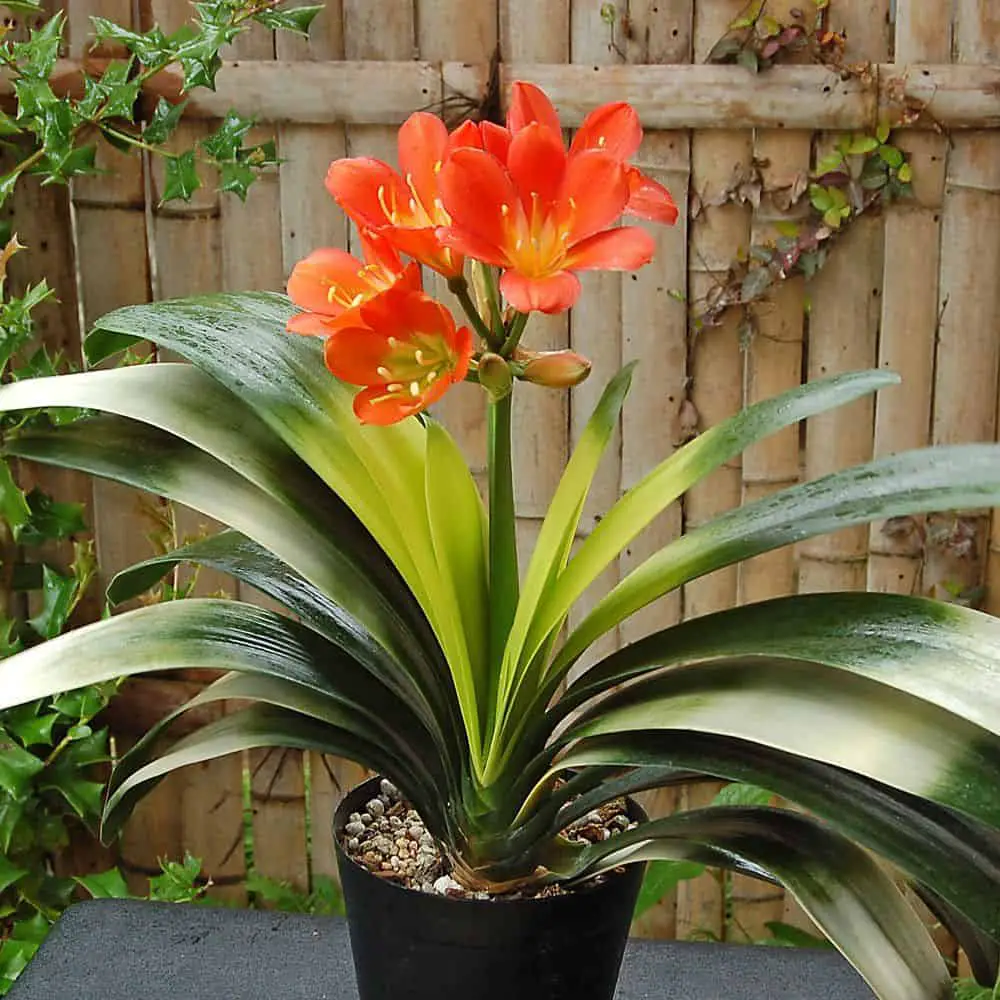
The clivia minata comes in orange color with yellow centers, the flowers also come in red, orange, yellow, or cream-colored bloom. The clivia plant is closely related to Amaryllis, they also share common similarities in their flower shapes, however, clivia flowers are smaller and also have different colors.
They can grow to about 18 inches tall and spread to about 30 cm.
Long ago, in the 1800s, an English explorer, artist, author, naturalist, William John Burchell collected the plant, which he called “forest cyrtanthus” from its origin and took it to England. Later on, in the Victorian era, the plant became well known among rich people.
A duchess from the Clive family, Lady Charlotte Percy was the first to cultivate them and this was how the plant got its name “CLIVIA”. Afterward, the plant became popular and this led to the spread of the plant in other countries.
Apart from the fact that the Clivia plant is very attractive and pleasant, it is also well-loved because it is easy to grow. The clivia plant can tolerate a little neglect and still grow properly. This amazing plant is an excellent one for beginner gardeners.
The clivia plant is expensive, this is because it has high ornamental value and do not bloom on time. Although clivia is easy to grow, growing it in your home requires modeling the plant’s natural habitat. Read on to find out all you need to know to grow and care for clivia.
Quick Tips
Although clivia is amazing, they take a very long time to produce flowers i.e. years. If you are growing your clivia from seed, you will need to exercise patience. This is why they are expensive to purchase.
Clivia Plant Propagation Requirements
Growing Clivia at home? Here’s all you’ll need.
1. Light
In its natural habitat, clivia was seen growing under the tree and in shady places. This means that Clivias grow best in bright indirect light. if you will be growing clivia outdoor, it is best to keep them in partial shade to get indirect light.
In the case of growing them as houseplants, they enjoy indirect or filtered light.
Clivia is a low-light lover, which means that they can survive in anything apart from bright light. if you must place them close to bright light, be sure to shield them with the use of a curtain.
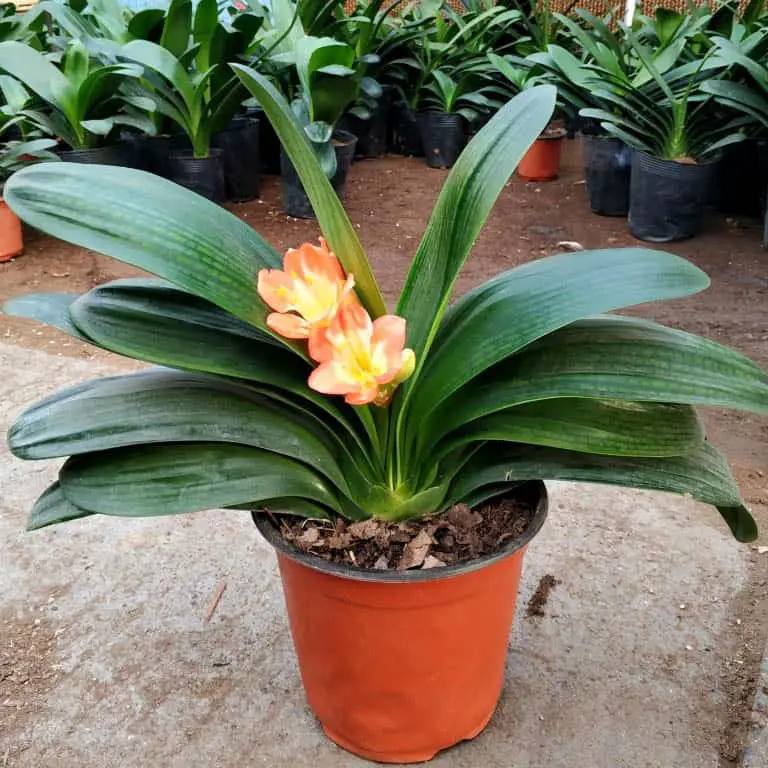
2. Water
Clivia enjoys being kept dry. The most important thing to note when considering watering clivia is to keep them moist and not over-watered. You can also make use of the soak and dry technique; to be sure you are not overwatering your plant.
You can also check the topsoil to find out if your plant needs watering or not. You should remember to adjust your water schedule to fit your temperature, environment, and season.
3. Soil
According to the native environment, the clivia can be found growing on organic matter is i.e. rotting logs, this indicates that this amazing plant is not choosy with soil. Clivia can be grown in any type of soil; however, it must be well-draining. You could make use of a mix of peat moss, perlite, and sand. Clivia is known to enjoy organic matters in their soil i.e. leaf mold, compost, bark. Clivia grows best in a soil pH of 6.1 – 7.8.
4. Humidity
Contrary to most tropical plants, Clivia plants are one of those who do not require high humidity or a humid environment. They enjoy and thrive best in an arid environment; this is as long as the temperature is perfect. They should not be placed in a stuffy room.
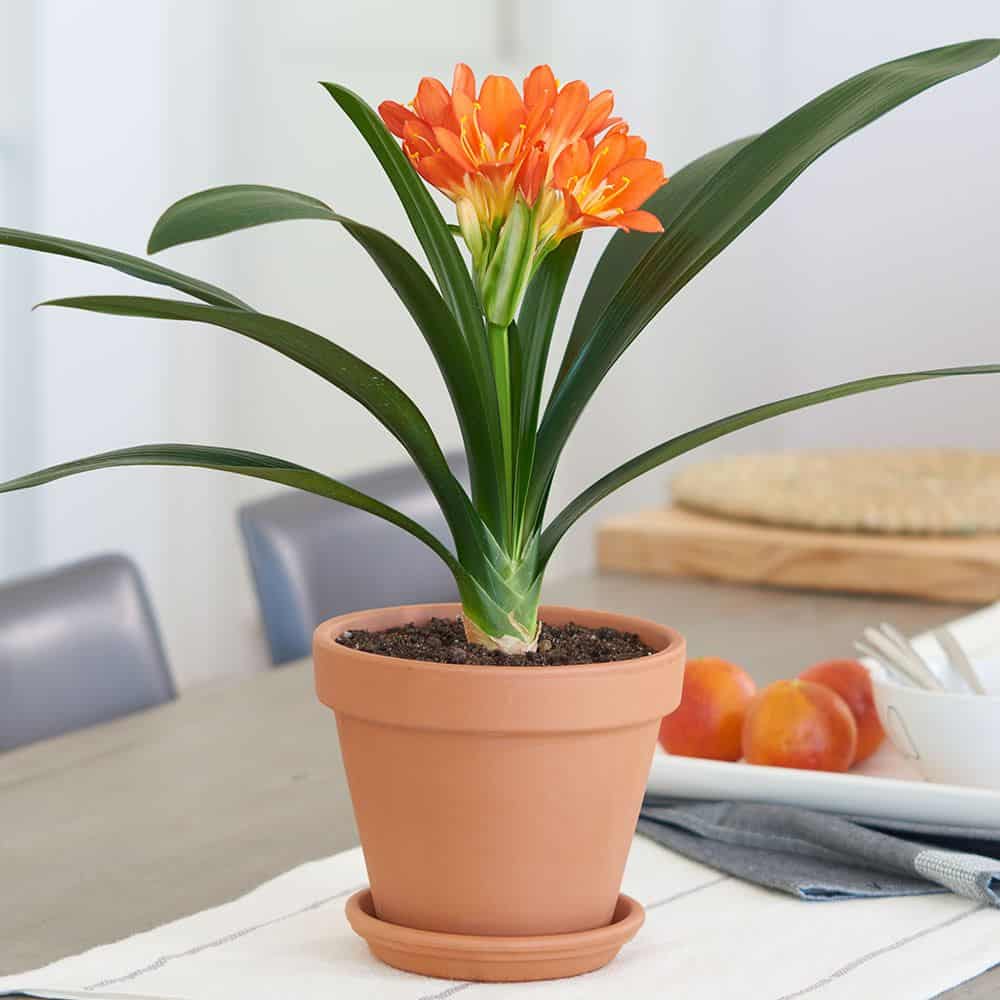
5. Temperature
In the growing season, the clivia enjoys a temperature range of 60 degrees F to 75 degrees F through the growing season. You should never place your plant below 40 degrees F. They enjoy cool conditions; however, they do not mind some heat.
6. Fertilizer
You could make use of either synthetic or organic fertilizer for your plant during the growing season. However, make sure you do not apply the fertilizer on the plant base so your plant does not get damaged. You should also dilute the fertilizer to half its strength; also, you should stop feeding your plant once your plant begins to fall into its dormancy period.
Clivia Plant Propagation
Clivia can be propagated via the seed and division. Propagating your clivia via seed is quite easy to do and all you need to do is be patient with it, this is because clivia is a slow-growing plant, however, the wait is worth it in the end. Follow the guide below to propagate the amazing clivia.
1. Division
- Gen a healthy and mature clivia plant.
- Carefully separate the roots from the dirt and divide the plant.
- Cutting the plant can cause damages to the root, shoots, or buds, hence you need to be careful with it.
- Prepare a high-quality potting mix and place the divided cutting in the soil.
- Water the plant thoroughly and keep it at a temperature of 60 degrees F.
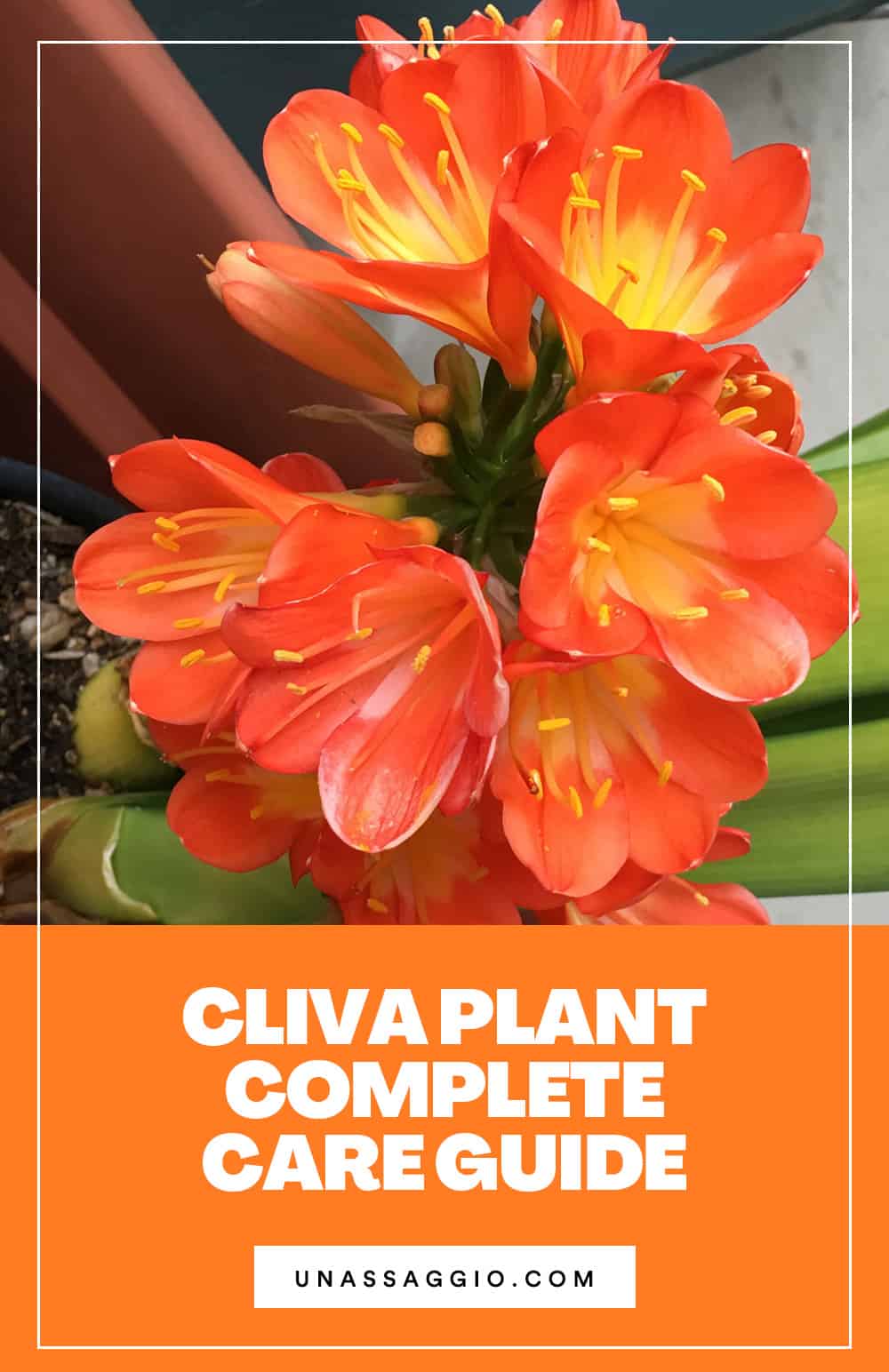
2. Seed
- The seeds are gotten from the berries, hence you pluck the berries when they are ripe. Green berry is an indication that the seed isn’t ready to be planted.
- Dry the berries for about 2 weeks, and begin to peel them when the skin is shrinking.
- Sow the seed into a high-quality potting mix, either in the pot or crates.
- Make sure the seeds are 3 inches deep into the container.
- Cover up the seeds with composts as clivias do well with organic materials.
- Place the pot or crates at a temperature of 70 degrees F until the seeds begin to germinate.
- When you see the seed, reduce the temperature to about 60 degrees F
- Keep the plant growing and exercise patience. This is because clivia plants can take up to 3 to 4 years to grow from seed to bloom flowers.
Clivia Plant: How To Care For Your Clivia Plant
- It is important to place your plant in low light; your plant could suffer from burns.
- Water droplets can lead to brown patches on your plant leaves; this is while misting is not encouraged for Clivia plants. Misting can also encourage fungal diseases.
- Your plant foliage can begin to turn yellow if your plant is over-watered or under-watered.
- Overwatering your plant can lead to root rots for your plant, hence creating a watering schedule will keep a check on your watering level.
- Your Clivia plant does not need to be pruned; however, you should remove dying leaves and flowers from the rest.
- Clivia plants don’t like to be disturbed; hence you may not need to re-pot your plant for many years.
- The color of your plant determines the color of its berries I.e. orange clivia plants produce red berries, while yellow and cream clivia plant produces yellow berries. However, your berries color do not determine its plant color when grown
Final Thoughts
Clivia plants are very special and beautiful, once in your home, you cannot get over their beauty and their contribution to your interior. Clivia plants are very easy to care for; however, you should follow their basic care routine. Although they can tolerate some neglect, they still do want some care.
Read next: Bromeliads Plant: The Complete Growth And Care Guide (2021)

